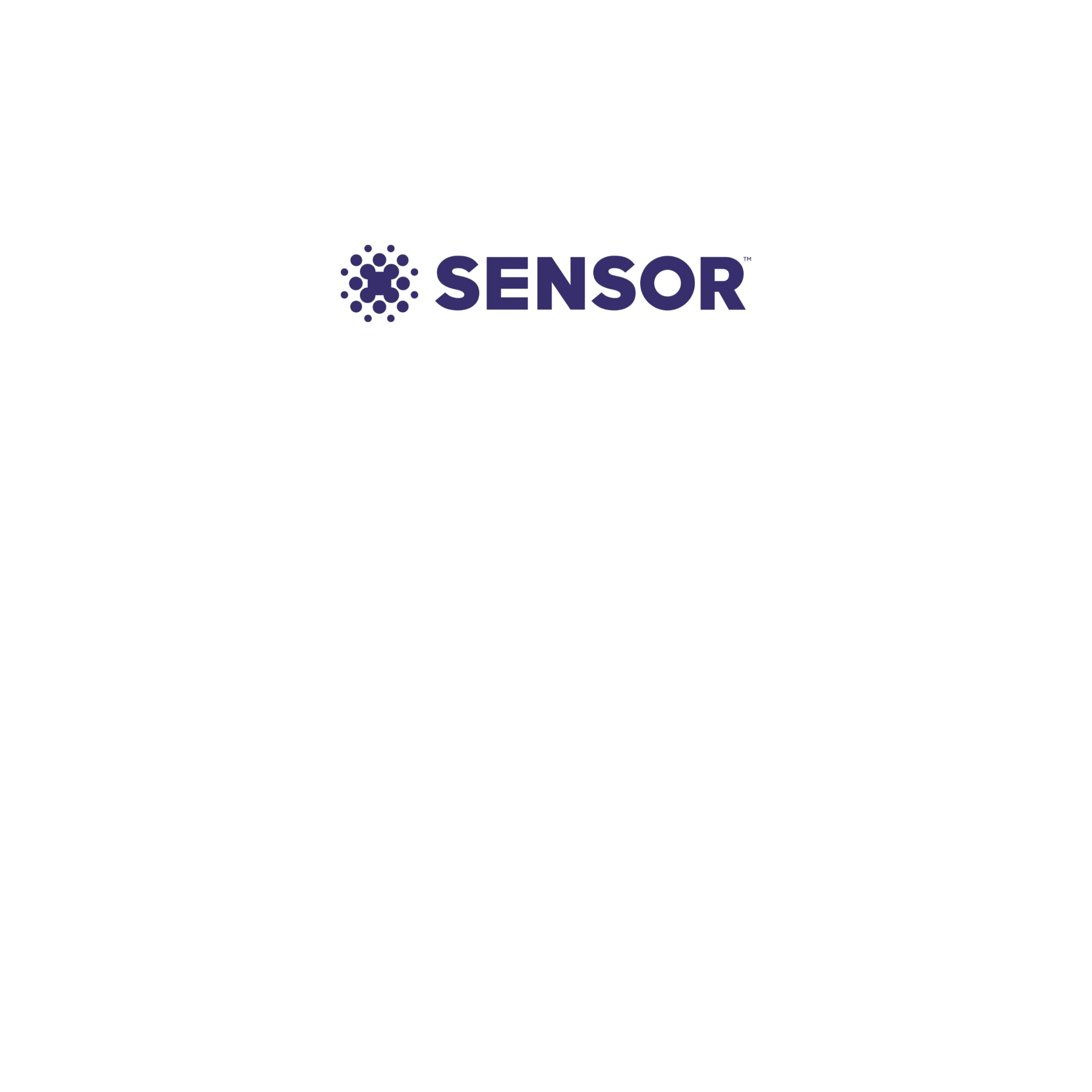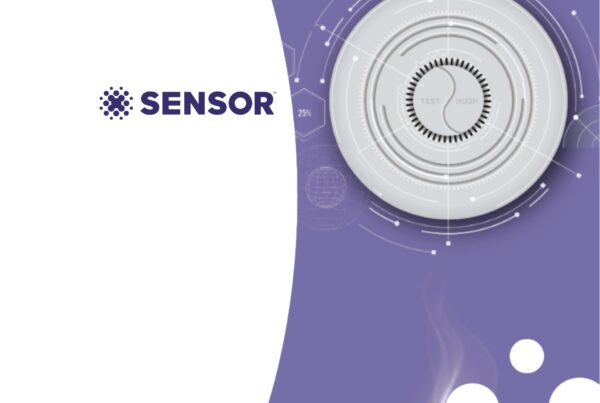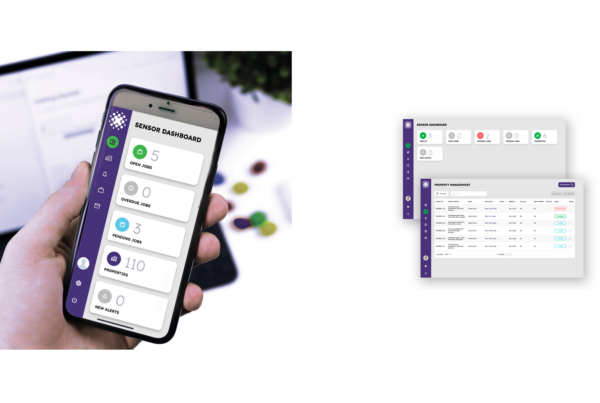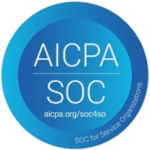In 2025, Community Housing Providers (CHPs) across Australia are navigating a rapidly shifting landscape marked by policy reform, technological advancement, and heightened expectations around tenant safety and sustainability. With growing housing stock and government funding linked to performance outcomes, CEOs and boards are under increased pressure to mitigate operational risks and position their organisations for long-term impact. Here are five current risks CHPs face—and the strategic responses being deployed at the leadership level.
1. Financial Pressure: Using Smart Safety Tech to Cut Costs
The cost of maintaining and insuring housing assets continues to rise, especially for providers expanding under government-backed housing initiatives. Emergency repairs, routine maintenance, and high insurance premiums are straining already tight budgets.
To maintain financial viability, CHPs are investing in IoT-enabled safety monitoring. Devices like smart smoke alarms and water leak detectors allow for remote diagnostics, which means problems are identified and addressed early—before they escalate into expensive repairs. Additionally, automated data logs streamline compliance reporting, cutting down on staff hours and freeing up resources to focus on tenant support. These efficiencies are not only reducing overhead costs but also strengthening financial sustainability.
2. Regulatory Compliance: Staying Ahead with Connected Safety Tech
With Australian housing policy evolving to prioritise tenant safety, sustainability, and digital accountability, CHPs must demonstrate compliance across complex, and often growing, portfolios. Non-compliance can lead to reputational damage and jeopardise access to funding and partnerships.
To meet these challenges, CHPs are deploying connected safety infrastructure. Remotely monitored devices such as heat alarms and leak sensors deliver real-time performance data and automated compliance logs. These tools create a verifiable, auditable record of safety checks and system functionality—minimising the risk of missed inspections or regulatory oversights.
Moreover, these technologies are highly scalable and modular, making them ideal for rapid deployment in new housing developments or temporary accommodation. This adaptability ensures CHPs remain agile and compliant, even as policy expectations shift.
3. Insurance Risk: Leveraging Data for Better Coverage
Insurers are increasingly wary of older or poorly monitored housing stock, leading to higher premiums and, in some cases, limited coverage options. In this environment, CHPs must demonstrate robust risk management strategies to negotiate favourable terms.
Boards are now focusing on data-led risk transparency. By implementing IoT-based monitoring systems, CHPs can provide insurers with detailed records of maintenance history, alarm performance, and environmental safety controls. This transparency is proving effective in reducing premiums and enhancing insurability, while also aligning internal risk management with industry best practices.
4. Operational Scalability: Managing Growth Without Losing Control
With unprecedented federal and state investment in affordable housing, many CHPs are experiencing rapid growth. However, scaling operations brings new challenges: fragmented systems, inconsistent reporting, and increased service delivery risks.
To manage this, CEOs are rolling out centralised digital platforms that integrate safety monitoring, maintenance schedules, and compliance dashboards. This unified approach ensures consistent standards across properties and allows executives and board members to make informed decisions using real-time data. As portfolios expand, these digital systems act as the backbone of operational stability and quality assurance.
5. Tenant Wellbeing: Reallocating Resources for Greater Impact
Rising administrative demands can pull attention away from tenant-facing services, negatively impacting wellbeing and community engagement. Yet tenant trust and satisfaction remain essential to the mission of every CHP.
Through automation of routine compliance and maintenance workflows, organisations are freeing up frontline staff to focus on meaningful tenant support—from mental health services to job readiness programs. Some CHPs are also reinvesting savings from reduced emergency maintenance into tenant engagement initiatives, further enhancing community wellbeing and resilience.
Conclusion
In 2025, successful CHPs are defined not just by how much housing they deliver, but by how effectively they manage risk, support tenants, and adapt to a changing regulatory landscape. By embracing connected technologies and forward-thinking governance, CEOs and boards across Australia are leading a transformation—building safer, smarter, and more sustainable housing for those who need it most.
SENSOR Software Solution
SENSOR software solution provides a fully integrated IoT safety device ecosystem that facilitates 24/7 365-days reporting on device functionality, streamlining compliance and maintenance workflows through remote testing functionality and automated compliance reporting across entire property portfolios.
For more information reach out to our team by clicking the ‘Book a Demo’ link on our website, or email us at info@sensorglobal.com






